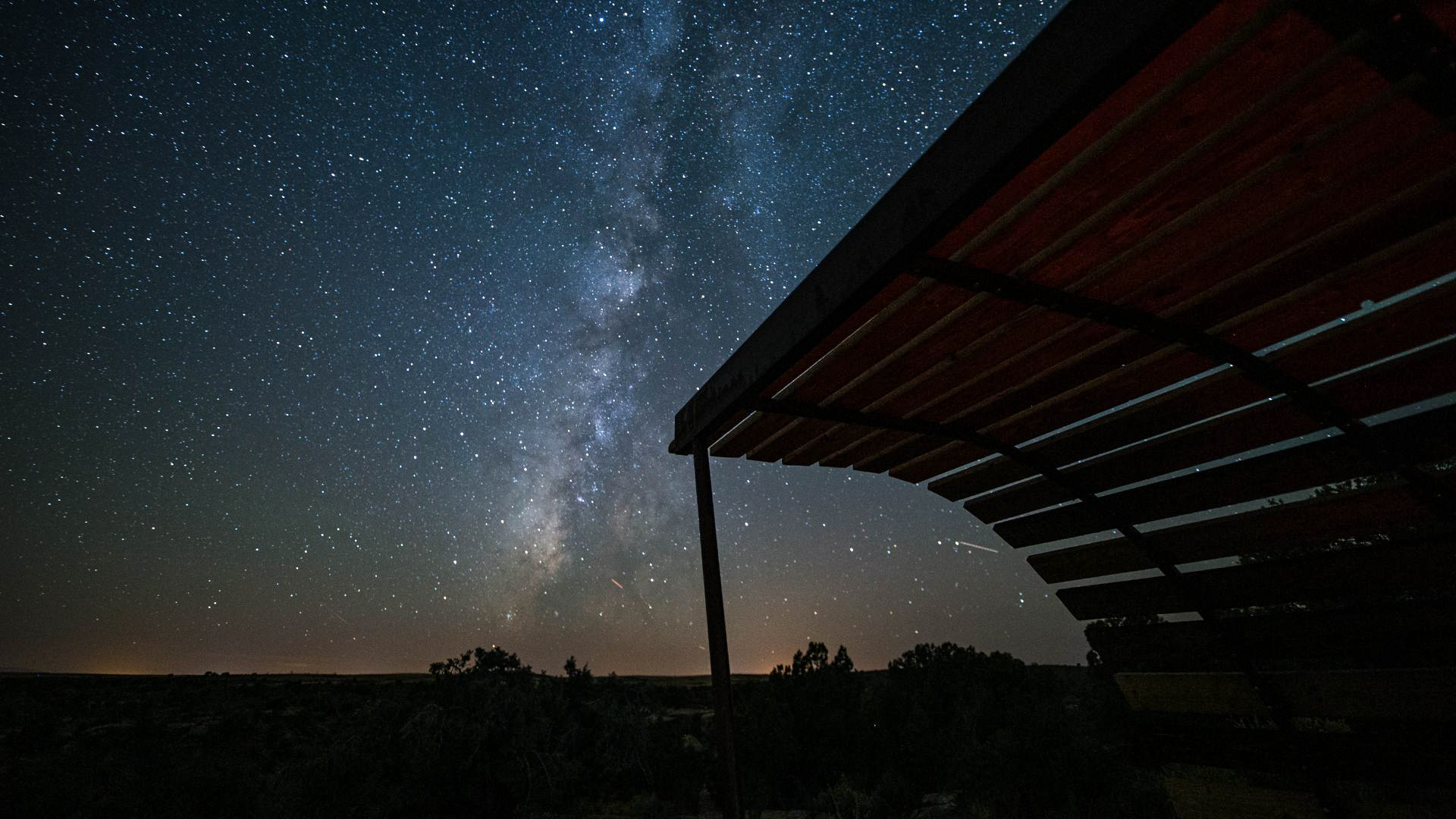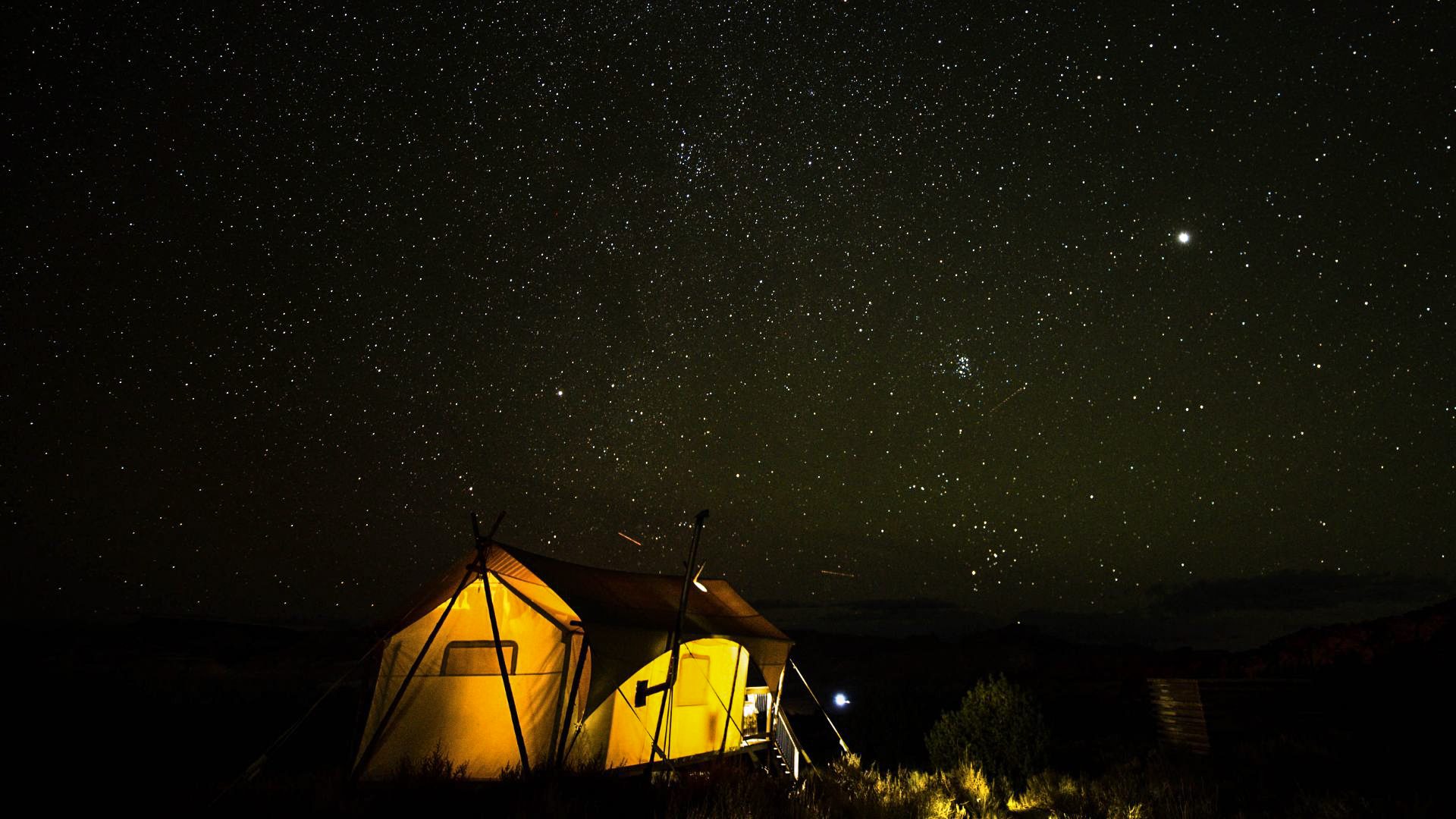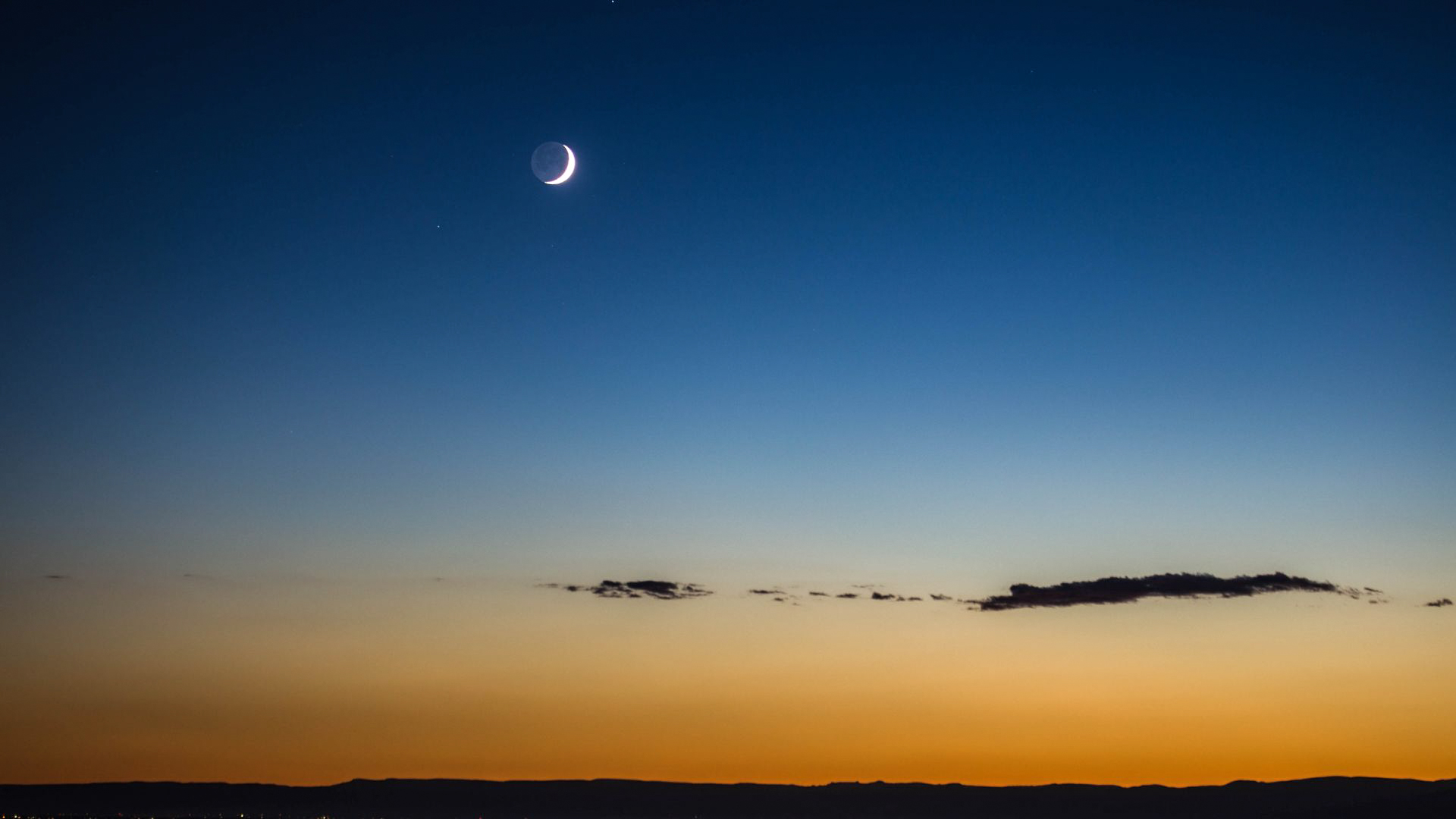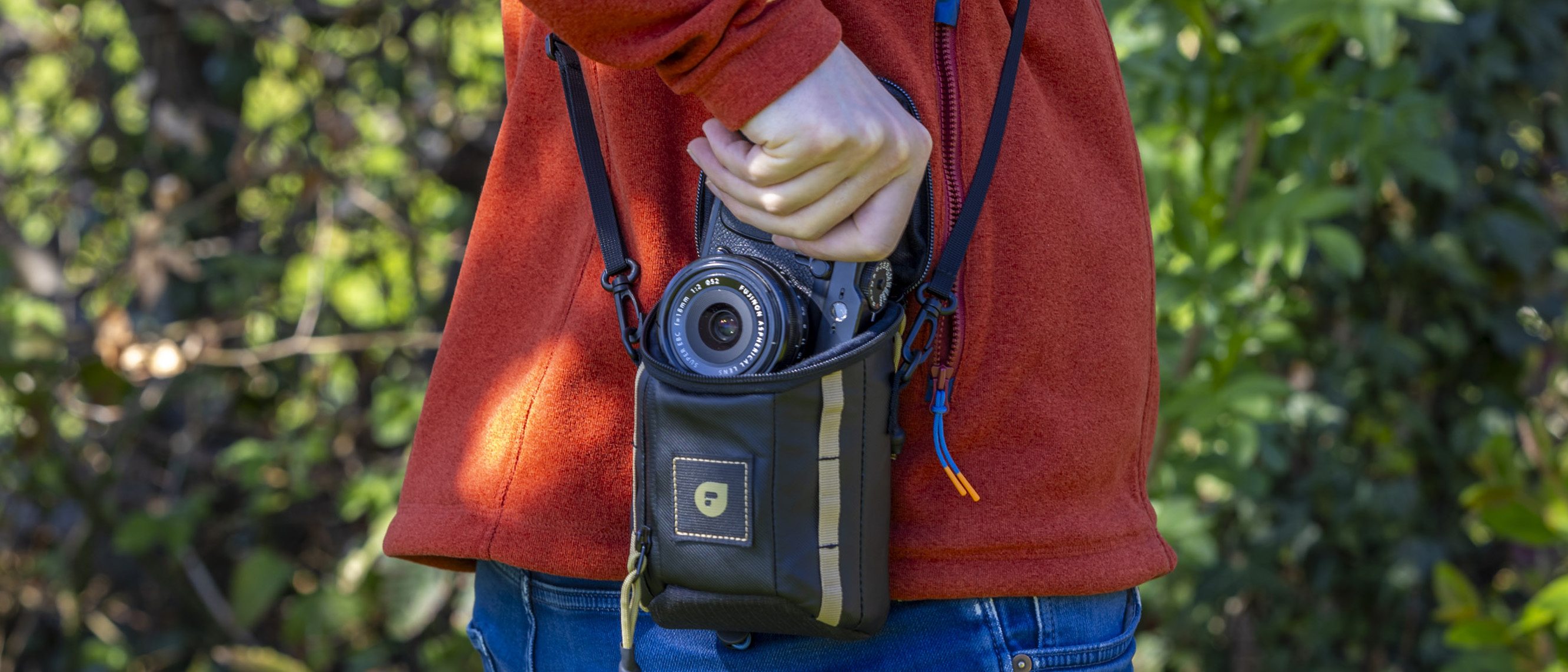My 7 insider tips for planning an astrophotography trip to the US Southwest
The best Dark Sky Parks, the best itineraries and when to go to capture the Milky Way

The US Southwest is perfect for astrophotography. There are more Dark Sky Parks in the region than any other, with world-famous national parks like Arches and Bryce Canyon once-in-a-lifetime destinations for anyone interested in taking images at night.
Aside from the protection given to natural darkness in this region, it is also geologically suited to taking star-scapes. The Colorado Plateau covers much of the Four Corners region of the US Southwest where Arizona, Utah, Colorado and New Mexico meet. The essential characteristic is a very high elevation, with almost every national and state park at least 5,000 ft. (1,500 meters) above sea level. Warm and sunny by daytime, the region gets cold, crisp and clear at night, where stars – seen above the thickest part of Earth’s atmosphere – glow rather than twinkle.
However, there’s a lot to think about before planning a dream astrophotography trip to the US Southwest. Here’s everything you need to know:
1. Time it right
If you’re after clear skies then summer is not a great time to head into the darkest areas of the US Southwest. For example, don’t make the mistake of arriving for the Perseids meteor shower in August because, from June through September, the region tends to experience its monsoon season. Arizona and New Mexico receive more than 50% of their rain from July through September. However, the winds become westerly again in September and the skies clear. That leaves two windows for would-be astrophotographers after clear skies and shots of the Milky Way; April and May (when the Milky Way is rising in the southeast late at night) or October (when a waning Milky Way is visible in the south/southwest right after dark).
2. Go camping

You can tour the major national parks in the US Southwest and stay in some terrific lodges, many of them historic buildings, and be close to the action at night. However, if you want to be looking at, and imaging, the Milky Way for long periods away from light pollution then it's better to go camping or stay in an RV. That way you can stay in the campgrounds of the national parks and national monuments, many of them excellent places for astrophotography. As a bonus, they often cost just a few dollars.
3. Restrict driving times
The US Southwest is a vast area and, if you’re not careful, you're going to exhaust yourself by driving all day to reach Dark Sky Parks when you really don’t have to. There are all kinds of itineraries you can do in the region that take in multiple parks, but if you really want to cut down on driving then try to organize a one-way trip between, say, Las Vegas and Denver, Las Vegas and Salt Lake City, or Denver and Phoenix. That way, you can travel more slowly between two cities and see everything there is to see on the way.
4. Don’t miss the lesser-known parks

You may have heard of Arches, Canyonlands and the Grand Canyon – all of which are Dark Sky Parks – but there are dozens of lesser-known, far quieter parks that are just as good, if not better, for astrophotography. For example, in the Four Corners area, there’s Natural Bridges National Monument, Hovenweep National Monument and Navajo National Monument. All three have excellent first-come, first-serve campgrounds (get there around lunchtime to have a good chance of a spot) and dark skies. Have the iOverlander app on your smartphone to locate another place to camp nearby, just in case. Other less well-known, less visited parks include Kodachrome Basin State Park, Grand Staircase-Escalante National Monument, Goblin Valley State Park and almost any place in New Mexico. Here’s where to find a Dark Sky Place.
Get the Digital Camera World Newsletter
The best camera deals, reviews, product advice, and unmissable photography news, direct to your inbox!
5. Embrace BLM options
Dark Sky Parks might get all the attention, but the US Southwest has a wealth of other options for those after darkness. Much of this region of the US is controlled by the Bureau of Land Management and the U.S. Forest Service, and available for dispersed camping. In that category are vast places like Bears Ears National Monument, Grand Staircase Escalante National Monument and the Uinta Mountains, all in Utah, but the choices are endless. A 4x4 isn’t always necessary, but it will make things much easier. As a bonus, most BLM campgrounds are entirely free.
Related: 7 secret places for astrophotography in America’s darkest state
6. The first Dark Sky Park is unmissable

Certified as the first-ever Dark Sky Park in 2007, Natural Bridges National Monument remains one of the best. As well as being super-dark, with zero lights at night in any direction, this region of canyons, natural bridges and ancient cliff dwellings is easy to explore at night. It’s possible to do deep-sky astrophotography from the campground out the visitor’s center, but it’s also one of the few parks that keeps its loop road and trails open all night. Natural Bridges National Monument has three natural bridges and associated hikes – Sipapu Bridge, Kachina Bridge and Owachomo Bridge – with the latter being the easiest to get to, particularly in the dark. A five-minute hike from the car park at the rim will put you under Owachomo Bridge looking south, which makes it ideally placed for views of the Milky Way streaming down behind it.
7. Don’t use artificial lights at night
Astrophotographers can often be heard complaining about light pollution, which can ruin long-exposure images. However, it’s also photographers who can be to blame. It’s OK to use a flashlight at night to get yourself to a location and set up, but don’t use them – or any other LED lights – to illuminate foregrounds and rock formations for your images. True darkness is rare and an integral part of ecosystems in the desert, which is why the use of artificial lighting is now banned in the likes of Arches National Park, Canyonlands National Park, Hovenweep National Park, Natural Bridges National Monument and Chaco Culture National Park (the latter insists you use red light at night in the campground).
Related: Why you should stop painting with light when photographing at night

Jamie has been writing about photography, astronomy, astro-tourism and astrophotography for over 15 years, producing content for Forbes, Space.com, Live Science, Techradar, T3, BBC Wildlife, Science Focus, Sky & Telescope, BBC Sky At Night, South China Morning Post, The Guardian, The Telegraph and Travel+Leisure.
As the editor for When Is The Next Eclipse, he has a wealth of experience, expertise and enthusiasm for astrophotography, from capturing the moon and meteor showers to solar and lunar eclipses.
He also brings a great deal of knowledge on action cameras, 360 cameras, AI cameras, camera backpacks, telescopes, gimbals, tripods and all manner of photography equipment.
